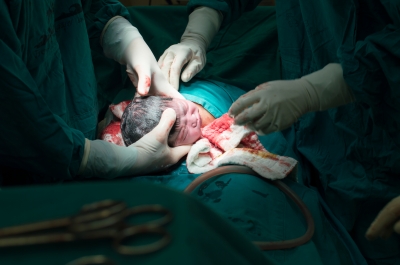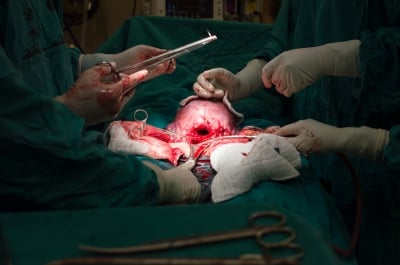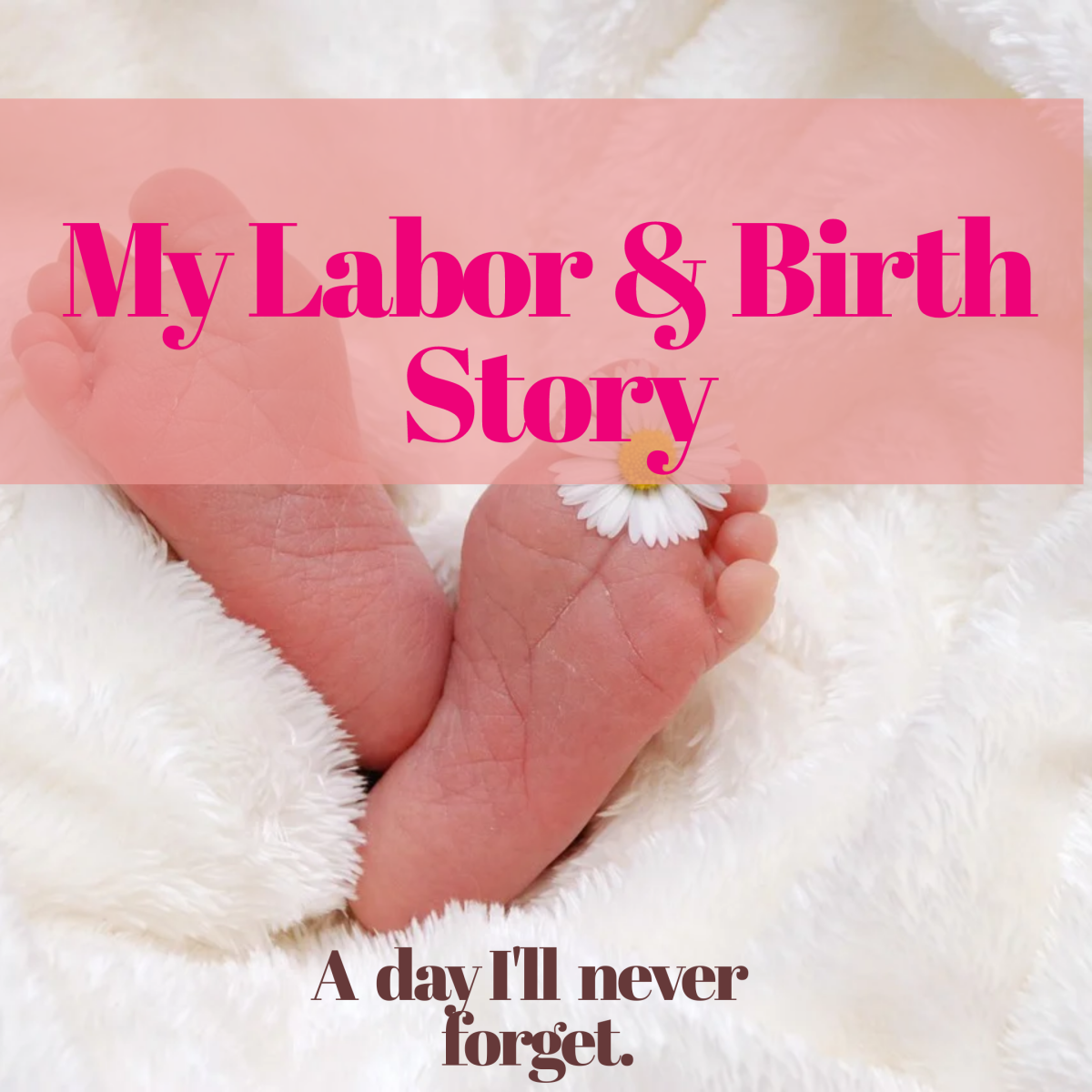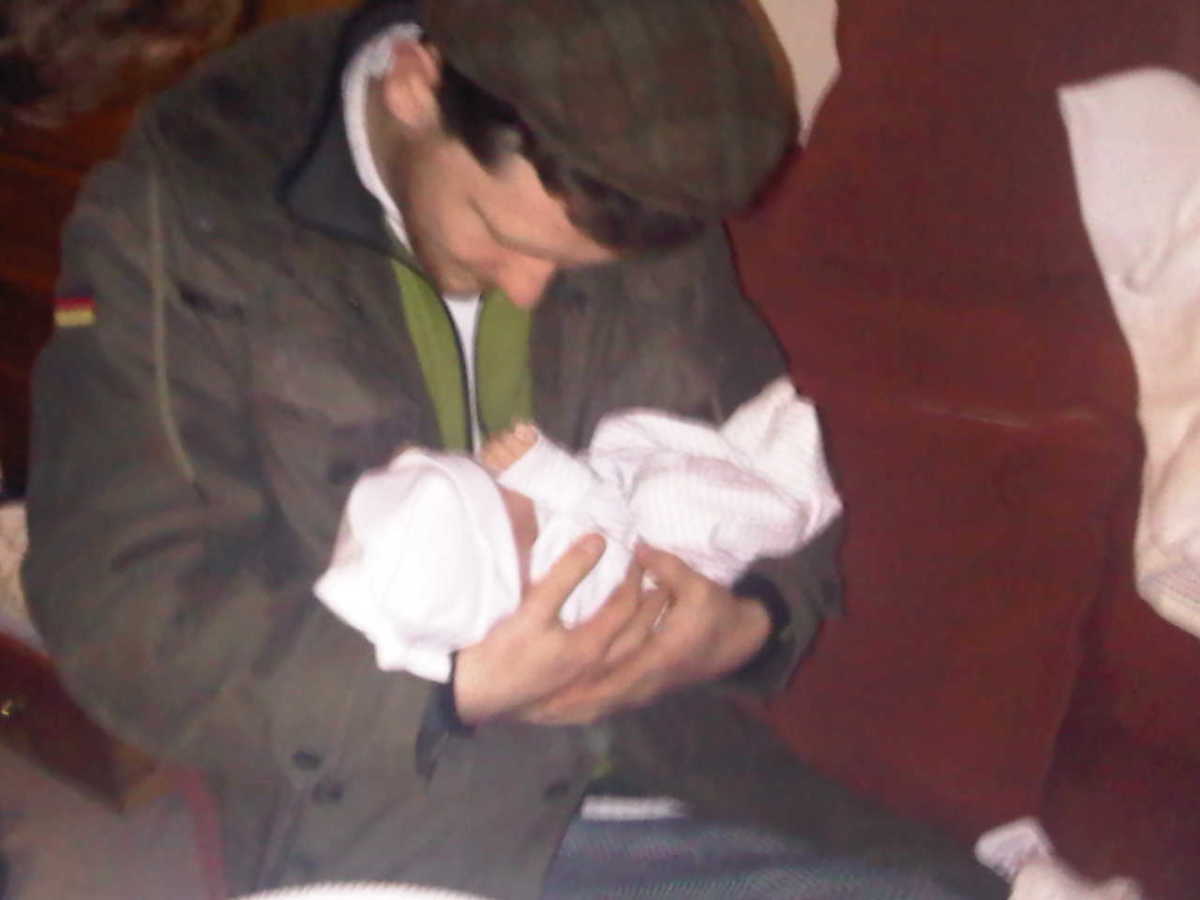Birth Following a Caesarean Delivery

Birth Choices after a Caesarean Delivery
You maybe wondering about what choices you may have following a caesarean section and how you might deliver your baby once you become pregnant again, there are choices but first you need to consider the following:
- The reasons behind your previous caesarean delivery, was it an emergency or elective caesarean?
- Did you recover well following your caesarean and do you have any concerns?
- Did you go into labour and how far dilated did you get?
- Do you have any underlying medical problems or complications with your current pregnancy?
Your doctor will usually take into account the previous history behind your caesarean delivery and give you the evidence behind which is the safest choice for your current pregnancy.
VBAC (Vaginal Birth after Caesarean)
What is a VBAC?
A VBAC is a vaginal birth following a caesarean section. It is when a woman delivers vaginally when they have had a caesarean delivery in the past.
The advantages of a Vaginal Birth after a Caesarean are
- Quicker recovery from a vaginal birth.
- Women can mobilise easier and of course with having 1 or 2 children already a caesarean can take up to 6 weeks or longer to recover as it is major surgery. You may need extra support to help with other children.
- Shorter stay in hospital
- Not having major surgery
- Less abdominal pain
- Less complications such as infection
Disadvantages of a repeat Caesarean Delivery.
- Difficulties during the operation - higher chances of bleeding, damage to the bowel or bladder
- Higher chance of a blood clot forming or a Thrombosis
- Longer recovery
- Consider future pregnancies and deliveries - your choices become very limited the more ceasarean deliveries you have and the risks become higher

Elective Surgery after Caesarean
One of the choices a Doctor may give you is to have a repeat Caesarean Section. This would be done on an Elective basis when everything is planned and a birth date is set. This may be the case especially when there are the following factors.
- Previous Emergency Caesarean with complications
- Type of Scar - A vertical incision would be contraindicated for a VBAC
- Previous Uterine rupture or complications arising from surgery on the Uterus
- 3 or more previous caesarean deliveries.
What are the success rates of having a VBAC
Your more likely to have a successful vaginal birth after a caesarean
- if you have had a normal delivery in the past either side of you previous caesarean. In the UK 90% of women go on to have normal deliveries.
- If you have laboured before and your cervix has dilated well previously even though you have never delivered vaginally
- If you go into labour yourself and not needing to be induced, 3 out of 4 women in the UK have a successful VBAC.
- You are not overweight and have a BMI of 30 or less
What are the Disadvantages of a VBAC?
Although VBAC has a better recovery when it is successful there are however complications and disadvantages from having a VBAC.
- You can be at higher risk of an emergency caesarean section especially if you are in labour for the first time following a previous caesarean.
- You have an increased chance of having a blood transfusion if you go on to have an emergency caesarean after trying a VBAC
- The scar can become weakened during labour and can cause even more pain in your labour. The previous scar may open, causing haemorrhage leading to serious complications with your baby and higher risk of emergency caesarean section. This occurs to 2-8 women in 1000 in the UK.
- There are complications or even the risk of your baby dying if you undergo a VBAC, however, the risk to your baby is very small about 0.2%
- The chances of having a caesarean in your next pregnancy is higher.
Care In Labour
- If your are planning a VBAC the the recommended delivery would be in a hospital setting under consultant care, however hospitals promote normal birth quite successfully and there are ways and means of trying to avoid any interventions.
- If you go into labour your would probably be advised to go straight into hospital and be continuously monitored throughout labour - this is due to the risk or your previous scar rupturing and baby would need to be monitored but that shouldn't stop you from mobilising in some way and to adopt the positions to help encourage a normal delivery.
- Some hospital units now have monitoring devices that are wireless so that you can be more upright and mobile in labour, and some have those that can be used in a birthing pool.
- There is no reason why you cant make use of aids such as a birthing ball for labour, even with the monitoring on.
- Birth is all about choices so you will need to discuss and birthing plans you have with your midwife and consultant.
- You can use the normal pain relief provided including an epidural
- If you go into labour and you have a planned Repeat Elective Caesarean then you will be asked to go into hospital and you may have an emergency caesarean section, however it has been known for women to change their mind if they go into labour and wish to continue on to a VBAC as their chances of a normal delivery is greater once they have been confirmed as being in established labour. (This also depends on their own circumstances)
- If you don't go into labour at all by 41 weeks and are planning a VBAC then a decision may be made to induce you. This also carries risks associated with scar rupture but doctors and midwives are aware of this and are cautious with what they use.
Summary
- To summarise there are risks and benefits associated with Vaginal Birth after a Caesarean Section so if this is something you are considering then you will need to talk with your obstetrician or midwife.
- You have a higher chance of a VBAC if you have been in labour in the past with good progress but then ended up with a Caesarean.
- If you have had normal deliveries either side of the Caesarean then you have a 90% chance of a successful VBAC
- Will need continuous monitoring of your baby in labour, but still adopt many positions as normal.
- The chances of scar rupture is 0.5%
- A repeat caesarean delivery has higher chances of complications versus VBAC
Related Articles
- Birth after Previous Caesarean Birth (Green-top Guideline No. 45)
The RCOG guidelines for Birth after previous Caesarean Section








